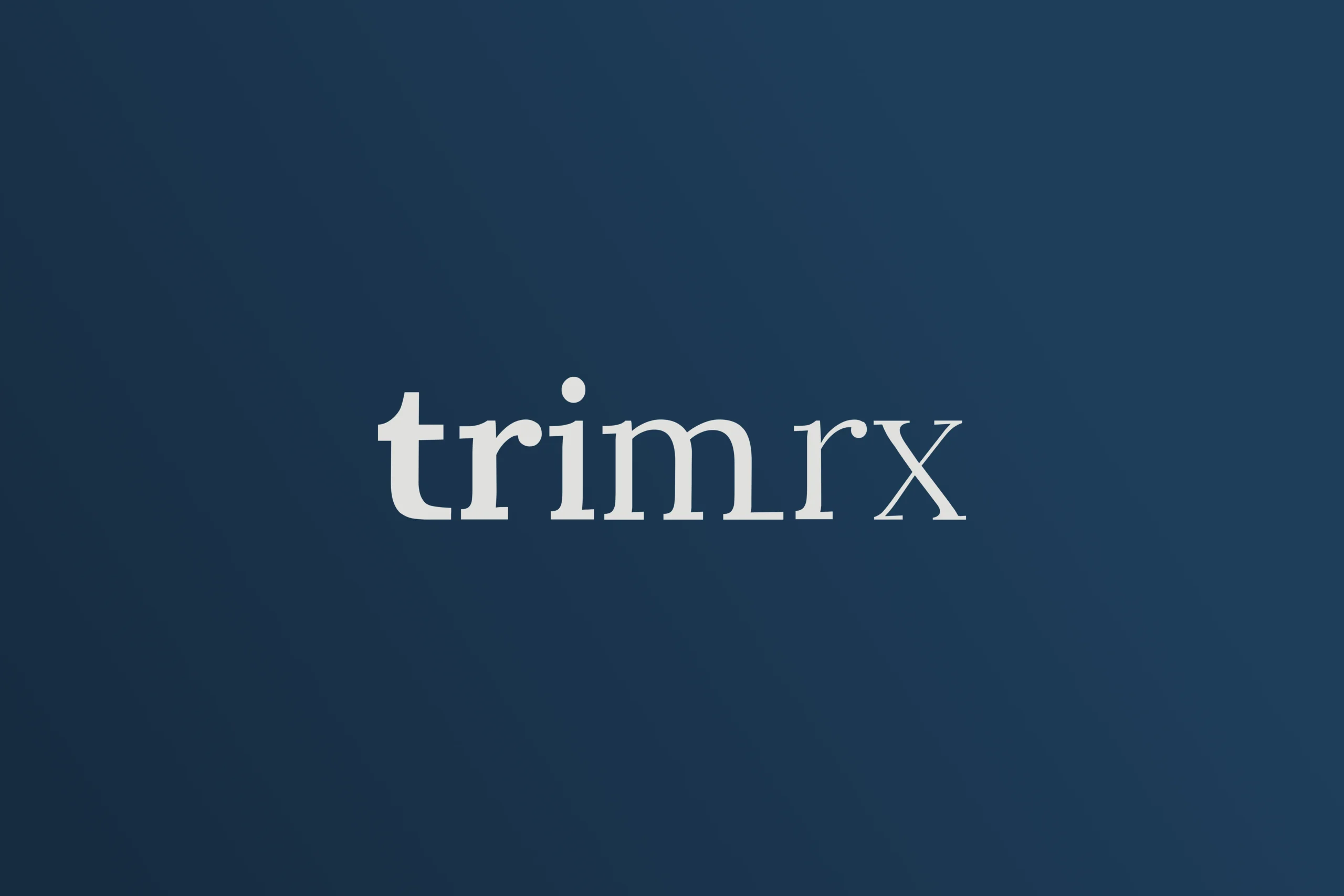Understanding the Costs of GLP-1 Medications with Insurance

When it comes to managing weight, individuals often seek out the latest solutions, and glucagon-like peptide-1 (GLP-1) medications have surged into the spotlight. Known for their effectiveness in aiding weight loss and managing blood sugar levels, these drugs have become a topic of keen interest for many. However, one question often arises: How much is GLP-1 with insurance?
The financial aspect of healthcare can feel overwhelming, especially when it comes to medications that are crucial for health management. While these medications can be life-changing, understanding their costs and insurance coverage is essential for making informed decisions. In this blog post, we’ll explore the costs associated with GLP-1 medications, how insurance plays a role in those costs, and what options are available for individuals considering these treatments.
Together, we’ll unravel the complexities of GLP-1 medication pricing, eligibility for insurance coverage, and the potential financial implications of weight loss management. By the end of this article, we hope you will have a clearer understanding of what to expect regarding costs, enabling you to make empowered choices on your health journey.
What Are GLP-1 Medications?
GLP-1 medications are a class of drugs that mimic the effects of the glucagon-like peptide-1 hormone, which is involved in glucose metabolism and appetite regulation. These medications are primarily prescribed for individuals with type 2 diabetes, but they have gained popularity for their effectiveness in promoting weight loss.
Some commonly known GLP-1 medications include:
- Semaglutide (marketed as Ozempic® and Wegovy®)
- Tirzepatide (marketed as Mounjaro® and Zepbound®)
- Liraglutide (marketed as Saxenda®)
These medications work by enhancing feelings of fullness, reducing appetite, and improving blood sugar control. As awareness of their potential benefits for weight loss grows, more individuals are considering GLP-1 medications as part of their weight management strategies.
The Costs of GLP-1 Medications Without Insurance
For those exploring GLP-1 medications, it’s important to understand the potential costs if insurance coverage is not available. Without insurance, the price of GLP-1 medications can be significant. Here’s a breakdown of the estimated costs for some popular GLP-1 medications:
- Wegovy®: The list price can reach up to $1,350 per month.
- Ozempic®: Similar pricing trends, with costs often exceeding $1,000 monthly.
- Mounjaro® and Zepbound®: These can also range from $1,200 to $1,500 monthly.
These costs can be prohibitively high for many individuals, making it crucial to explore insurance options and other financial assistance programs.
How Insurance Coverage Works for GLP-1 Medications
Understanding how insurance coverage applies to GLP-1 medications is vital for managing costs. Coverage for these medications can vary widely based on the individual’s insurance plan, the specific medication, and the intended use (such as for diabetes management versus weight loss).
Coverage for Diabetes Management
Many insurance plans are more likely to cover GLP-1 medications when prescribed for diabetes management. If you have a diagnosis of type 2 diabetes, there’s a higher chance that your insurance will cover the cost of medications like Ozempic® or Mounjaro®. However, even within this category, coverage can differ significantly:
- Prior Authorization: Some plans require prior authorization before they agree to cover GLP-1 medications, meaning your healthcare provider may need to provide additional information to justify the prescription.
- Copays and Deductibles: Depending on your plan, you might still be responsible for copays or deductibles, which can range from $25 to several hundred dollars each month.
Coverage for Weight Loss
When it comes to using GLP-1 medications for weight loss purposes, the situation becomes more complicated. Many insurers do not cover weight loss medications, viewing them as elective rather than medically necessary. Here are some key points to consider:
- Criteria for Coverage: If weight loss medications are covered, insurers may require a body mass index (BMI) above a certain threshold or the presence of weight-related health conditions (such as high blood pressure or diabetes).
- Medicare and Medicaid: Medicare generally does not cover weight loss medications, while Medicaid coverage can vary by state. Some states may cover medications like Wegovy®, depending on specific criteria.
Given these factors, it’s essential for individuals considering GLP-1 medications for weight loss to check their specific insurance policy and speak with their healthcare provider.
The Importance of Manufacturer Assistance Programs
For individuals struggling with the costs of GLP-1 medications—even with insurance—manufacturer assistance programs can provide significant financial relief. Many pharmaceutical companies offer programs to help patients afford their medications. For example:
- Novo Nordisk: The manufacturer of both Ozempic® and Wegovy® provides savings cards that can reduce the cost significantly for eligible patients, sometimes allowing them to pay as little as $25 per month.
- Lilly: Similar assistance is offered for Mounjaro®, helping to alleviate the financial burden for those who qualify.
These programs often require patients to meet specific income criteria or be uninsured/underinsured. We encourage individuals to explore these resources as part of their financial planning.
Exploring Alternatives to GLP-1 Medications
While GLP-1 medications can be effective, they are not the only option for weight management. Individuals may also consider lifestyle changes, dietary adjustments, and other medications that can support weight loss efforts. Here are some alternatives:
- Lifestyle Changes: Incorporating regular physical activity and adopting a balanced diet can lead to sustainable weight loss and improved health.
- Oral Medications: There are various oral medications available that can aid in weight loss, which may be more affordable and accessible. For example, our GLP-1 Daily Support and Weight Loss Boost supplements are designed to complement weight loss efforts and are available for immediate purchase without the need for a quiz.
GLP-1 Daily Support: Learn more here.
Weight Loss Boost: Explore this option.
Conclusion
Understanding the costs of GLP-1 medications with insurance can be a complex but crucial aspect of managing weight effectively. While these medications offer promising benefits for weight loss and diabetes management, the financial implications can vary widely based on individual insurance plans and coverage policies.
As we’ve explored, it’s essential for individuals to thoroughly investigate their insurance options, consider manufacturer assistance programs, and remain open to alternative solutions. At TrimRx, we are committed to helping individuals navigate their weight loss journeys with personalized, medically supervised care, ensuring that everyone has access to the support they need as they work towards healthier lifestyles.
FAQ
1. Are GLP-1 medications covered by insurance?
Coverage varies by plan. Many insurers cover GLP-1 medications for diabetes management but may not cover them for weight loss unless specific criteria are met.
2. How much do GLP-1 medications cost without insurance?
Costs can range from $1,000 to $1,500 monthly, depending on the specific medication.
3. What can I do if my insurance does not cover my GLP-1 medication?
Consider speaking with your healthcare provider about manufacturer assistance programs or exploring alternative medications and lifestyle changes.
4. Are there alternatives to GLP-1 medications?
Yes, alternatives include lifestyle changes, dietary adjustments, and other oral medications that may aid in weight loss.
5. How can I find out if I’m eligible for coverage?
Contact your insurance provider directly and inquire about coverage for GLP-1 medications, providing them with any relevant medical information.
Through understanding the financial landscape surrounding GLP-1 medications, we can work together to find the best path forward in achieving our health and weight loss goals.
Keep reading
How to Increase GLP-1: Natural Strategies for Weight Management
Introduction Did you know that the impact of a small hormone produced in your gut could influence your appetite, weight, and overall metabolic health?…
Are Compounded GLP-1s Going Away? Understanding the Future of Weight Loss Medications
Imagine a world where millions of individuals who have benefited from compounded GLP-1 medications suddenly find their access threatened. This is not just a…
Tips and Strategies for Managing GLP-1 Constipation Effectively
Introduction Constipation can be an uncomfortable and frustrating experience, especially for those who are navigating the complexities of weight loss with GLP-1 (glucagon-like peptide-1)…
What Foods Should You Avoid While Taking GLP-1?
When embarking on a weight loss journey, understanding the relationship between what we eat and how it affects our body is crucial. This is…
Who Should Take GLP-1 for Weight Loss?
When we think about weight loss, the journey can often feel overwhelming. With so many options available, from traditional diets to surgical interventions, it…
Does Fiber Increase GLP-1? Exploring the Connection
Introduction Have you ever wondered why some foods seem to keep you feeling full longer? It turns out, the answer might lie in fiber….
How Fast Does GLP-1 Work for Weight Loss? A Comprehensive Guide
Introduction In our quest for healthier lifestyles, many of us have encountered the frustration of stalled weight loss, despite our best efforts in dieting…
How GLP-1 Agonists Facilitate Weight Loss: A Comprehensive Insight
Introduction Did you know that nearly 70% of adults in the United States are classified as overweight or obese? This staggering statistic highlights a…
Do GLP-1 Lower Cholesterol? Insights into Heart Health Benefits
The connection between our weight, cholesterol levels, and overall heart health can sometimes feel like a complex puzzle. For many of us striving to…

